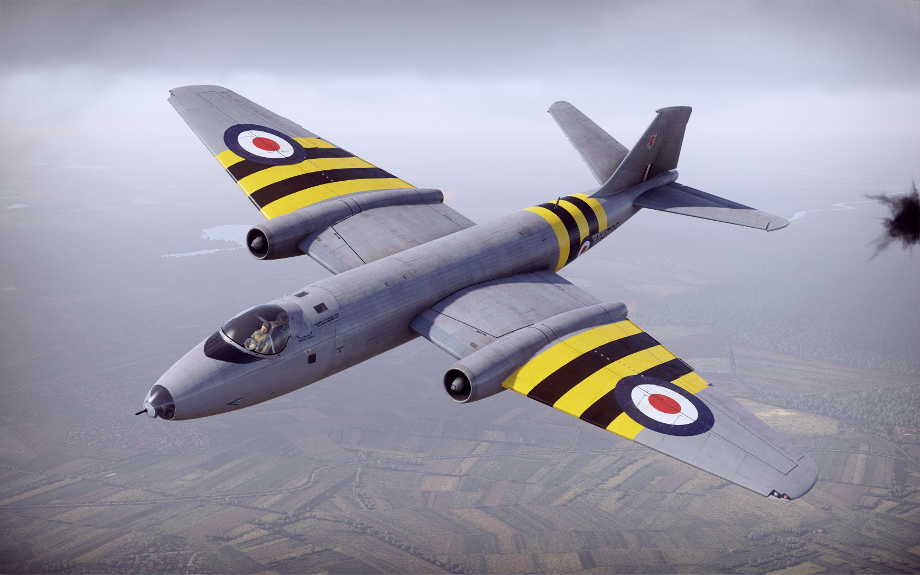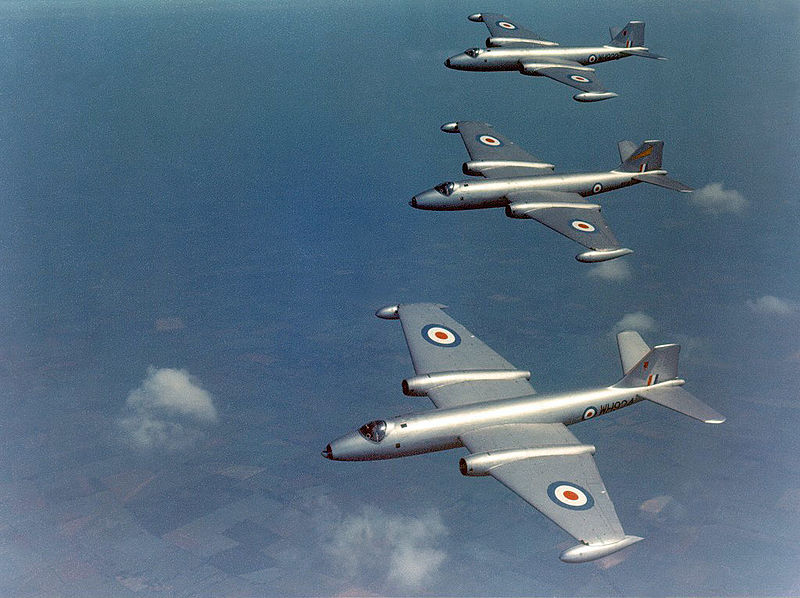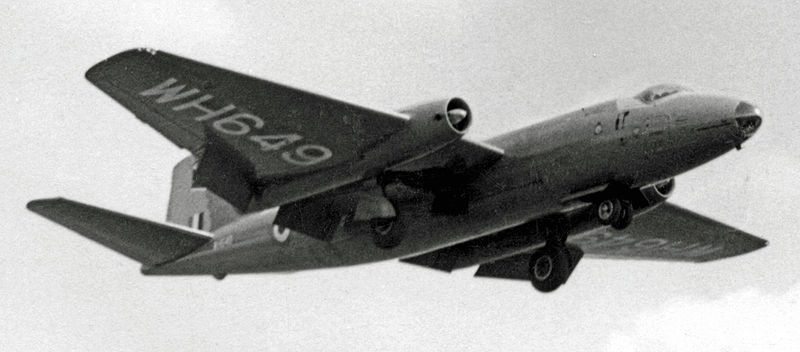
- For PC
- For MAC
- For Linux
- OS: Windows 10 (64 bit)
- Processor: Dual-Core 2.2 GHz
- Memory: 4GB
- Video Card: DirectX 11 level video card: AMD Radeon 77XX / NVIDIA GeForce GTX 660. The minimum supported resolution for the game is 720p.
- Network: Broadband Internet connection
- Hard Drive: 23.1 GB (Minimal client)
- OS: Windows 10/11 (64 bit)
- Processor: Intel Core i5 or Ryzen 5 3600 and better
- Memory: 16 GB and more
- Video Card: DirectX 11 level video card or higher and drivers: Nvidia GeForce 1060 and higher, Radeon RX 570 and higher
- Network: Broadband Internet connection
- Hard Drive: 75.9 GB (Full client)
- OS: Mac OS Big Sur 11.0 or newer
- Processor: Core i5, minimum 2.2GHz (Intel Xeon is not supported)
- Memory: 6 GB
- Video Card: Intel Iris Pro 5200 (Mac), or analog from AMD/Nvidia for Mac. Minimum supported resolution for the game is 720p with Metal support.
- Network: Broadband Internet connection
- Hard Drive: 22.1 GB (Minimal client)
- OS: Mac OS Big Sur 11.0 or newer
- Processor: Core i7 (Intel Xeon is not supported)
- Memory: 8 GB
- Video Card: Radeon Vega II or higher with Metal support.
- Network: Broadband Internet connection
- Hard Drive: 62.2 GB (Full client)
- OS: Most modern 64bit Linux distributions
- Processor: Dual-Core 2.4 GHz
- Memory: 4 GB
- Video Card: NVIDIA 660 with latest proprietary drivers (not older than 6 months) / similar AMD with latest proprietary drivers (not older than 6 months; the minimum supported resolution for the game is 720p) with Vulkan support.
- Network: Broadband Internet connection
- Hard Drive: 22.1 GB (Minimal client)
- OS: Ubuntu 20.04 64bit
- Processor: Intel Core i7
- Memory: 16 GB
- Video Card: NVIDIA 1060 with latest proprietary drivers (not older than 6 months) / similar AMD (Radeon RX 570) with latest proprietary drivers (not older than 6 months) with Vulkan support.
- Network: Broadband Internet connection
- Hard Drive: 62.2 GB (Full client)

'Canberra B.2 "WH725" - Suez Crisis 1956' skin by WeBe | download here
The 1950s saw a massive leap in the technological development of aircraft. The dawn of the jet age in the later part of the 1940s was in full force during the 50’s, however whilst much had changed, it was the design philosophy of a 1944 Air Ministry requirement that gave way to one of the RAFs most successful aircraft and bomber design in history.
 |
| A formation of Canberra B 2’s in bare metal finish. |
The English Electric Canberra B Mk 2 was an aircraft like no aircraft before it, however did carry on the same principles of which the Mosquito bomber versions had first adopted. A high speed and high altitude bomber with no offensive or defensive armament. Whilst the Mosquito was successful in this role, the Canberra excelled at it, flying faster and higher than any other bomber in the world at the time and simply too high for most early jet interceptors to even reach. These traits made it so attractive worldwide, that it became a hugely popular export aircraft, operated in some form by 15 countries such as Argentina, Australia. Chile, India, New Zealand, Sweden, West Germany and even under licence in America as the Martin B-57.
The first Canberra B 2 flew in April of 1950 and was relatively free of any issues even at this early stage. So much so that the production of the Canberra was almost immediately started after the first flight. The first Canberra B2 entered service with No. 101 Squadron in January of 1951 and was gratefully received by its pilots. Canberra production was escalated due to the Korean war’s impact and orders were now superseding production capabilities.
The Canberra was able to replace the Mosquito, Lincoln and Washington bombers in RAF service, capable of doing the role of all 3 whilst still outpacing, outclassing and out maneuvering most of the competition. Interception and evasion practices took place soon with the new Hawker Hunter aircraft and once again showed the effectiveness of the aircraft. Modified Canberras set numerous records in the 1950s, including the first transatlantic crossing by a jet in January of 1951, the first double transatlantic crossing in August 1952 in 10 hours and 3 minutes and numerous world altitude records. 63,668 ft in May 1953, 65,889 ft in August 1955 and 70,310 ft in August 1957.
The Canberra would go on to see 27 different variants spanning its 15 different operators and would have an operational history of over 50 years when the final Photo Reconnaissance version of the Canberra, the PR 9, bowed out of RAF service in June 2006. It had been involved in countless conflicts such as the Suez Canal Crisis, Vietnam, The Falklands, Gulf War and even in Afghanistan up until its retirement.
 |
| English Electric Canberra B.2 WH649 of 139 Squadron RAF. |
In War Thunder the Canberra B2 is the penultimate bomber in the RAF’s bomber line. After finishing your research on the Avro Lancaster B Mk III, you can begin on the first of two English Electric Canberras.
The main features of the Canberra in game that make it a favorite amongst RAF pilots are its very high speed and very effective bombload of 3 tons, or 6000 lb. Options are available for 9 x 500 lbs or, once you have unlocked the EEMBC No.2 Mark 1 Pylons, 6x 1000 lbs. Finally the Mark 4 version of this pylon will allow you to fit the 4000 lb bomb featured on the Lancaster and Wellington, complemented by an additional 2 x 1000 lbs. Whilst this early rendition does not feature any offensive or defensive armament, its speed and maneuverability in game as well as its high altitude performance will be more than enough to evade your foes in combat. Whether at low altitude or at high, the Canberra is an extremely forgiving aircraft to fly.
The American licence built version of the Canberra B 2, the Martin B-57A is also available for you to research in the US bomber line and has many similarities with the Canberra with the main differences being the Canberra has Rolls Royce Avon engines, whereas the B-57 features Armstrong Siddeley Sapphire engines. Alternatively, if you do decide to research the RAF’s Canberra B2, you then can begin on the final version of the Canberra. The B(I)6 is the interim interdictor model featuring the Hispano gun pack and underwing mounted pylons making it an excellent mid-low level ground attacking aircraft and opening up many new tactical advantages with the Canberra for the pilot to choose.
The Canberra B2 is one of the most popular bombers in the game and is enjoyed by virtual pilots as much as it was its real life pilots from all over the world. Its versatility, speed and exceptional performance at low and high altitudes mean it is extremely efficient in a number of roles within the War Thunder skies and lives up to the pioneering jet bomber successes that the Canberra achieved throughout its career.
Author: Scott “Smin1080p” Maynard



